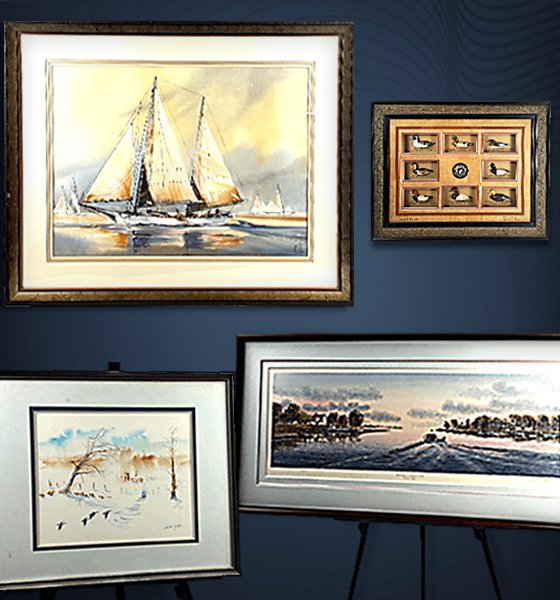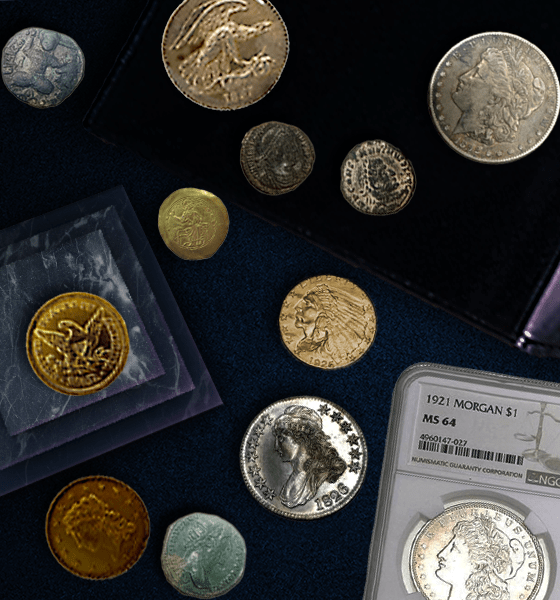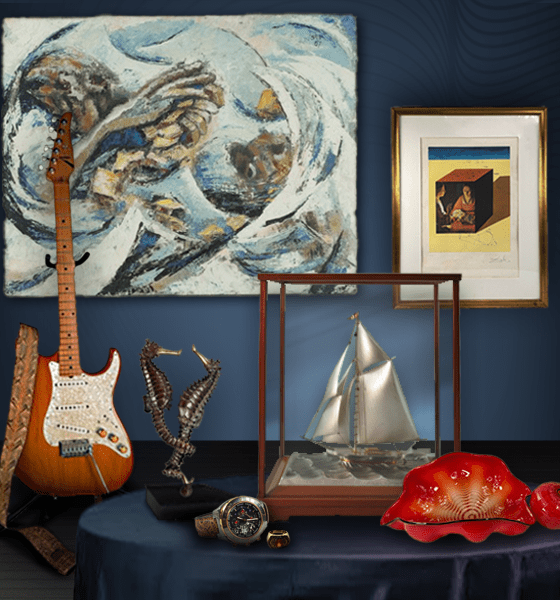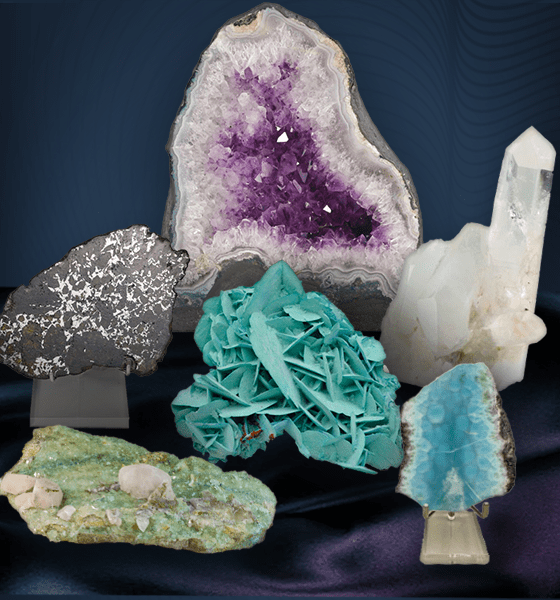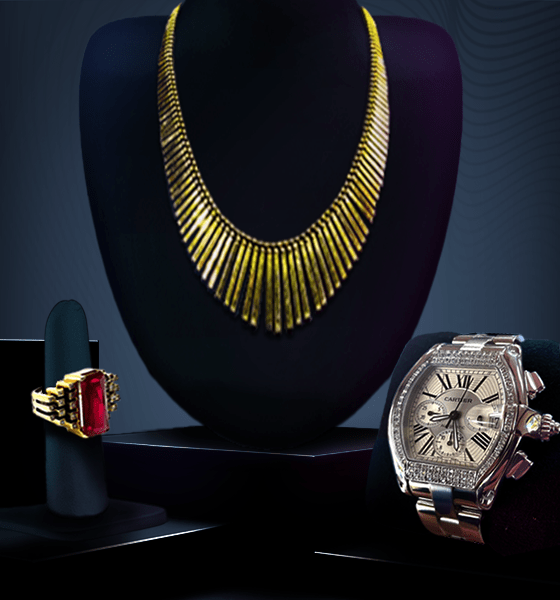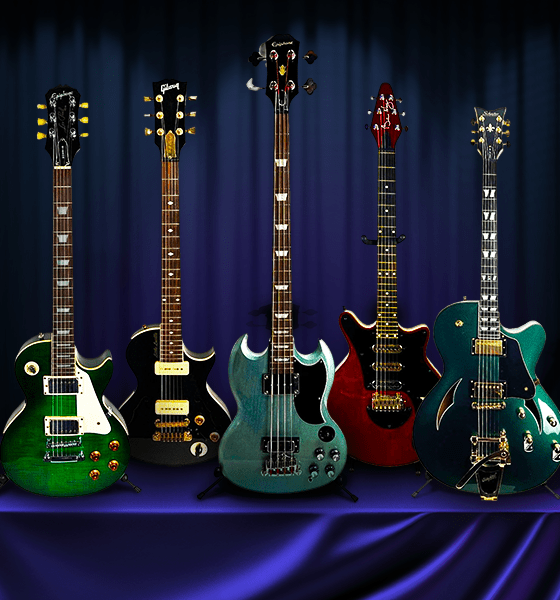How to Sell at Auction

Selling at auction is an age-old tradition dating back to the Roman Empire. Auctions offer a transparent and competitive way to achieve the true market value of your assets. At Blue Box Auction Gallery, we guide you through every step of the process, ensuring you understand the process—from your first inquiry to the final sale and settlement.
Whether you’re selling art, antiques, jewelry, or your entire collection, here’s a detailed breakdown of what to expect and how we manage the auction process to maximize value for your items.
Initial Assessment
The first step is to evaluate whether your item is suitable for auction. Not every piece is best sold this way, so our specialists will provide a careful analysis, considering factors like:
- Market Demand: Does the current market show a demand for similar items?
- Condition: Is your item in good enough condition to attract buyers? Restoration may sometimes be recommended.
- Rarity & Provenance: Unique, rare, or historically significant items tend to perform better at auction, especially if their authenticity is well documented.
- Category Trends: Auctions can be influenced by trends—what’s popular today may shift tomorrow. Our experts stay up-to-date on these shifts to advise you on the best timing for sale.
We’ll examine your items, either in person or through detailed photos and documentation, and provide a clear, unbiased opinion on their auction potential.
Consignment
Once an item is approved for auction, the next step is to enter into a consignment agreement. This is a formal contract outlining:
- Auction Schedule: We’ll propose the best timing for your auction, factoring in seasonality and buyer interest.
- Reserve Prices: In some cases, we may recommend setting a reserve price, which ensures that your item won’t sell below a certain amount. It’s important to strike a balance between encouraging competitive bidding and protecting your minimum acceptable price.
- Fees and Commissions: The cost of selling at auction is shared between the seller and buyer. As the seller, a commission is deducted from the final sale price. Usually, no fees are required to be paid in advance. All fees, including commission and any additional charges, will be clearly outlined in your contract and discussed during the proposal stage.
The consignment process is transparent, with no hidden costs. You’ll have full clarity on what to expect, including when payments will be issued post-auction.
Cataloging and Research
Detailed documentation of your item is crucial for both marketing and accurate representation at auction. This stage involves:
- Photography: High-quality images help convey the condition, details, and craftsmanship of your item. We use professional photography to capture your items in a way that highlights their appeal.
- Research and Descriptions: Our team conducts in-depth research into the provenance, maker, and historical context of your piece, ensuring that buyers have all the relevant information needed to assess its value. Detailed catalog descriptions, backed by this research, are an essential part of attracting serious bidders.
Marketing
The success of an auction depends on connecting with the right buyers. Our approach to marketing is multi-faceted:
- Targeted Email Campaigns: We reach out to collectors, dealers, and institutions with a known interest in the types of items we are auctioning.
- Online Auction Platforms: Your items are listed on our website and occasionally major auction platforms like Invaluable and LiveAuctioneers, where global bidders can participate.
- Social Media and Content Marketing: We leverage digital platforms to create engaging content, including spotlight features, to build interest before the auction day.
- Traditional Methods: For significant items, we may also use direct mail catalogs and place advertisements in relevant print publications.
The Auction Day Experience
At Blue Box Auction Gallery, we offer several auction formats and use them accordingly to cater to current market trends.
- Live In-Person Auctions: Held at our gallery, these events allow in-person participation, with bids also taken from phone bidders or absentee bids placed in advance.
- Online Worldwide Auctions: Our fully digital auctions attract a global audience, often leading to highly competitive bidding.
- Simulcast (Hybrid) Auctions: These combine live and online participation, offering the best of both worlds. Live-streamed in real-time, online buyers can compete alongside those present in the room.
We handle all aspects of the auction day, ensuring that the event runs smoothly. Our professional auctioneers work to build excitement and guide competitive bidding, helping you secure the true market value of your assets.
Understanding Bidding Dynamics
While the auction team manages the process, it’s beneficial for sellers to grasp the fundamentals of how bidding dynamics influence the final outcome. Several key factors come into play that can have a significant impact on how much an item sells for:
Opening Bid: The starting price, or opening bid, is crucial. Setting an initial bid that’s too high can deter participation, while a low opening bid can spark early interest and create competitive momentum. It’s a strategic decision designed to attract bidders and initiate the auction in a way that fosters engagement.
- Bid Increments: Bids typically increase in set increments, determined in advance by the auction house. These increments are designed to build momentum, allowing the auction to progress smoothly without overwhelming potential buyers. The size of increments can vary depending on the value of the item being sold; higher-value items often have larger increments to match buyer expectations.
- Auction Psychology: Bidding behavior is often influenced by psychological factors. In live auctions, the energy and excitement in the room can sway participants to bid more aggressively, particularly when multiple interested parties are competing. In online auctions, time pressure and visual cues, such as a high number of bids or participants, can replicate this sense of urgency. Competitive bidding, where two or more bidders continue to raise the price, is one of the most powerful drivers of high sale prices.
Auction Length and Timing: The duration of an auction, whether live or online, can also affect bidding dynamics. A shorter auction might create a sense of urgency, pushing bidders to act quickly, while a longer auction allows for more thoughtful decisions but could reduce immediate excitement. The timing of the auction’s closing, particularly in online formats, can influence the final flurry of bids as buyers often swoop in during the last moments.
Reserve Price: Some auctions have a reserve price – the minimum amount a seller is willing to accept. While this ensures the seller doesn’t receive less than they hoped for, it can also limit bidding activity. Balancing a reasonable reserve with an enticing opening bid is key to maintaining bidder interest and achieving a successful sale.
Understanding these elements empowers sellers to set realistic expectations and optimize their strategy, whether they are selling a rare collectible or a high-value asset. The more bidders engage with your auction, the higher the chances of achieving a strong final price.
Payment and Settlement
After the auction, we handle all transactions and administrative details on your behalf. Here’s what to expect:
- Buyer Payment: We ensure that the buyer fulfills their payment obligations. In rare cases where a buyer fails to complete the transaction, we manage relisting or alternative arrangements.
- Seller Payout: After the buyer’s payment clears and any relevant deductions (such as commissions) are applied, you’ll receive the proceeds. This typically occurs within thirty (30) days after the conclusion of a successful auction.
- In-House Shipping Services: Items are shipped to winning bidders at the bidders’ expense. We handle all the logistics. We ship any item, anywhere in the world.
A post-sale report will be provided, detailing each item’s sale price and any related information.

